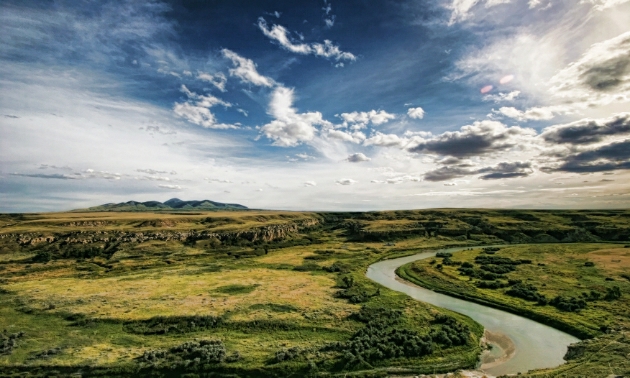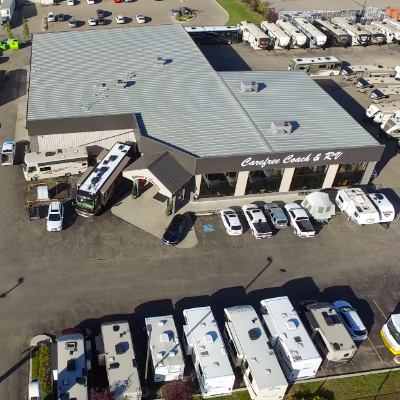Take a three-day canoe trip down the Milk River
This exciting journey is perfectly balanced with relaxing stopping points where paddlers can enjoy the scenery.

Explore Southern Alberta this summer by canoeing with friends and family on the waters of the Milk River. Paddlers can choose to be on the water for several days, with onshore overnight breaks, or they can simply take the boat out for a short, one-day river adventure. Wendy Brown, co-owner of Milk River Raft Tours, said that the most popular trip is the three-day journey from Milk River to Writing-on-Stone provincial park.
The ride
“If they want to be on the river for multiple days, they will start at the town of Milk River and paddle 11 miles to Gold Springs Park,” said Brown.
Gold Springs is a community camping area with 64 pay lots available for RVs, tenting, trailers and more. The grounds have coin-operated showers, a playground, a concession store, power and water sites, and much more. Brown said that if visitors plan to continue on their canoe journey they will need to stock up on water, as they might not have another chance for a while.
“(Gold Springs is) the place where they should refresh their water,” she said, “because that’s the last time you can until the end of the ride.”
After the first leg of the trip, canoeists will hop back in their boats on the second morning and begin the ride to Poverty Rock—where they can find picnic shelter and wilderness camping at no charge. The site itself is a part of the Canadian Nature Conservancy and is overseen by Writing-on-Stone Provincial Park, which also happens to be the final stop on day three of the Milk River canoe journey.
Writing-on-Stone
“The park has a lot of tours of the (aboriginal) writing that you can buy a ticket to go see,” said Brown. “Also for free you can walk and climb in the Hoodoos. There’s picnic areas, there are paid showers and flush toilets and outdoor toilets, and during the season there is a little store.”
Atop the main hill at Writing-on-Stone, visitors can also learn more about the area and the significance of the rock carvings and paintings at the free interpretive centre for the park. There, visitors can also learn firsthand about the history of the park from the Blackfoot interpreters who work at Writing-on-Stone to share their culture with the guests. Another name for the provincial park is Áísínai’pi National Historic Site, a certification it earned in 2004. Áísínai’pi, in the native Blackfoot language, means “where the drawings are.”
“There are paths that you can take in and around the rocks where you can just go and climb whatever you like,” Brown said. “It’s still one of the pleasures that we have that has not been taken away.”






